THE CONCEPT OF SYMMETRY
Symmetry comes from a Greek word meaning 'to measure together' and is widely used in the study of geometry. Mathematically, symmetry means that one shape becomes exactly like another when you move it in some way: turn, flip or slide.
Symmetry has a more precise definition, that an object is invariant to
any of various transformations; including reflection, rotation or scaling.
Mathematical
symmetry may be observed with respect to the passage of time;
as a spatial relationship; through geometric transformations;
through other kinds of functional transformations; and as an aspect of abstract objects, theoretic models, language, music and even knowledge itself.
Symmetry occurs not only in geometry, but also in other branches of mathematics. Symmetry
is a type of invariance: the property
that something does not change under a set of transformations. Given
a structured object X of any sort, a symmetry is a mapping of the object onto itself which
preserves the structure. This occurs in many cases; for example, if X is
a set with no additional structure,
a symmetry is a bijective map from the set to itself, giving rise
to permutation groups. If the
object X is a set of points in the plane with its metric structure or
any other metric space, a symmetry is a bijection of the set to itself which preserves the
distance between each pair of points (an isometry).
For instance, a figure-eight has a point of
symmetry in the middle, where the lines cross
A triangle might have one or three lines of
symmetry, but usually has none. For instance:
one line of symmetry:

three lines of symmetry:
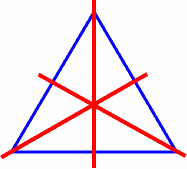
no lines of symmetry:

And a circle has infinitely-many lines of
symmetry, since any line through its center (that is, any diameter) is also an
axis of symmetry.
When working with symmetry about a line,
you'll usually be asked for symmetry about an axis. With parabolas (and other
conics), you may be asked for symmetry about any line. Either
way, the concepts are the same, because:
The x-axis
is just the line y = 0, and the y-axis is
just the line x = 0.
Here are some examples of these types of
symmetry:
The parabola y = x2 – 4 is shown below:
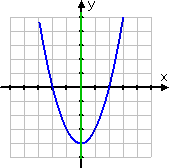
The line (or "axis") of symmetry is the y-axis, also known as the line x = 0. This line is marked green in the picture. The graph is said to be "symmetric about the y-axis", and this line of symmetry is also called the "axis of symmetry" for the parabola.
Contrary to the previous example, the parabola y = (x – 2)2 – 4 has a line (or axis) of symmetry, but is notsymmetric about either axis (that is, it is not symmetric about the x- or y-axis):
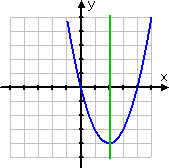
The axis here is the line x = 2, as marked in green above. If you were asked to "find the axis of symmetry for the parabola", you would answer "x = 2".
However, if you were asked, "Is the graph symmetric about either axis?", you would understand them to be asking only about symmetry about either the x- or y-axis; you would answer, "No."
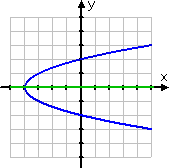
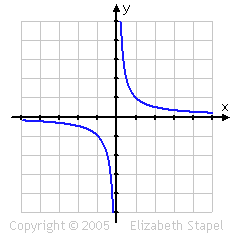
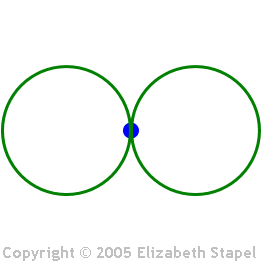
Comments
Post a Comment